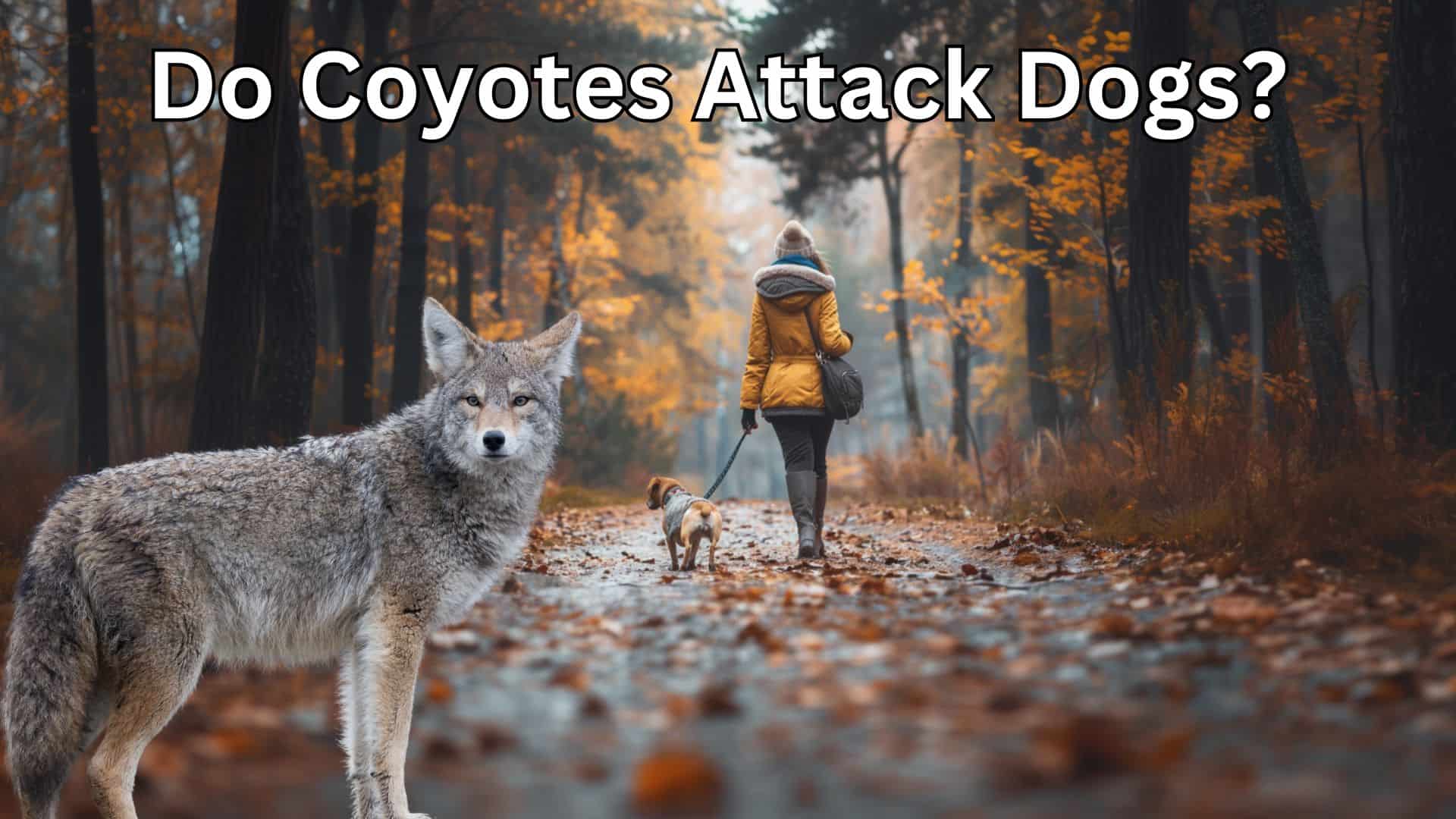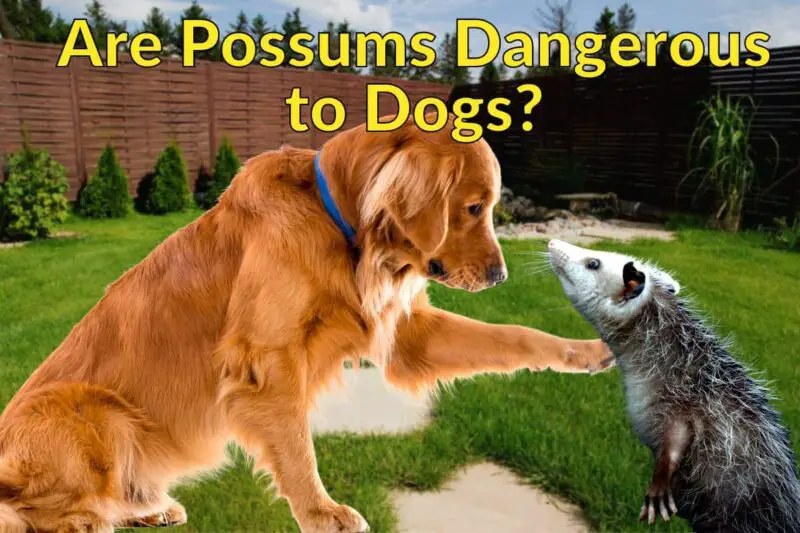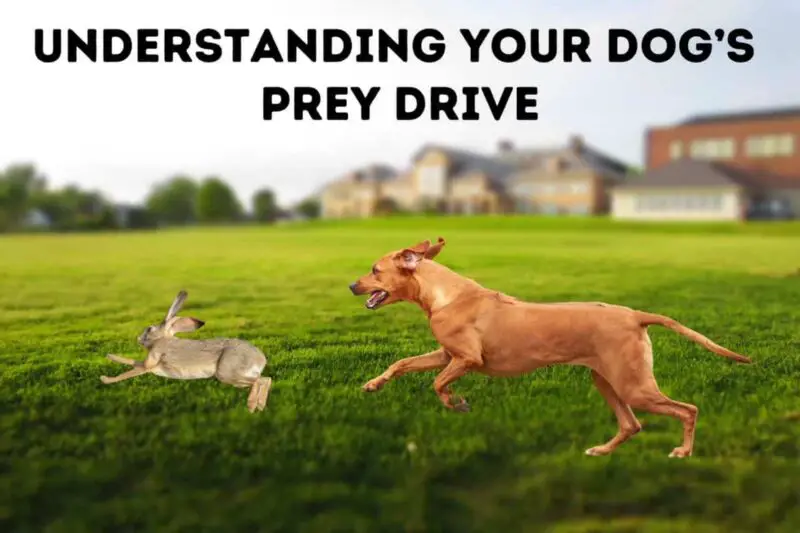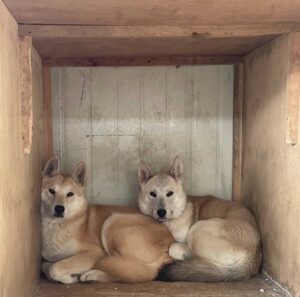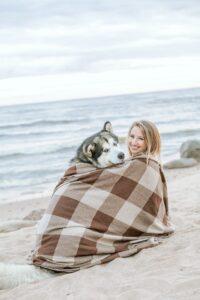Do Coyotes Attack Dogs?
Are coyote attacks on pets common?
Coyote attacks on pets, particularly cats and small to medium-sized dogs, are a growing concern in urban and suburban areas. The frequency of these attacks varies based on factors such as time of day, proximity to natural habitats, and geographical location.
Coyotes are most active at dusk and dawn, increasing the risk of encounters during these periods. Pet owners living near parks or greenbelts may notice a higher occurrence of coyote interactions. Understanding coyote behavior and taking preventive measures can help reduce the chances of pet-coyote confrontations.
How do coyotes hunt or approach pets?
Coyotes employ various strategies when targeting domestic pets.
- They may lure dogs away from their owners by acting playful, only to attack once the pet is isolated.
- Cooperative hunting is another common tactic, with a pack of coyotes working together to corner or ambush their prey. This behavior is more frequently observed during breeding season when coyotes are territorial and need to feed their young.
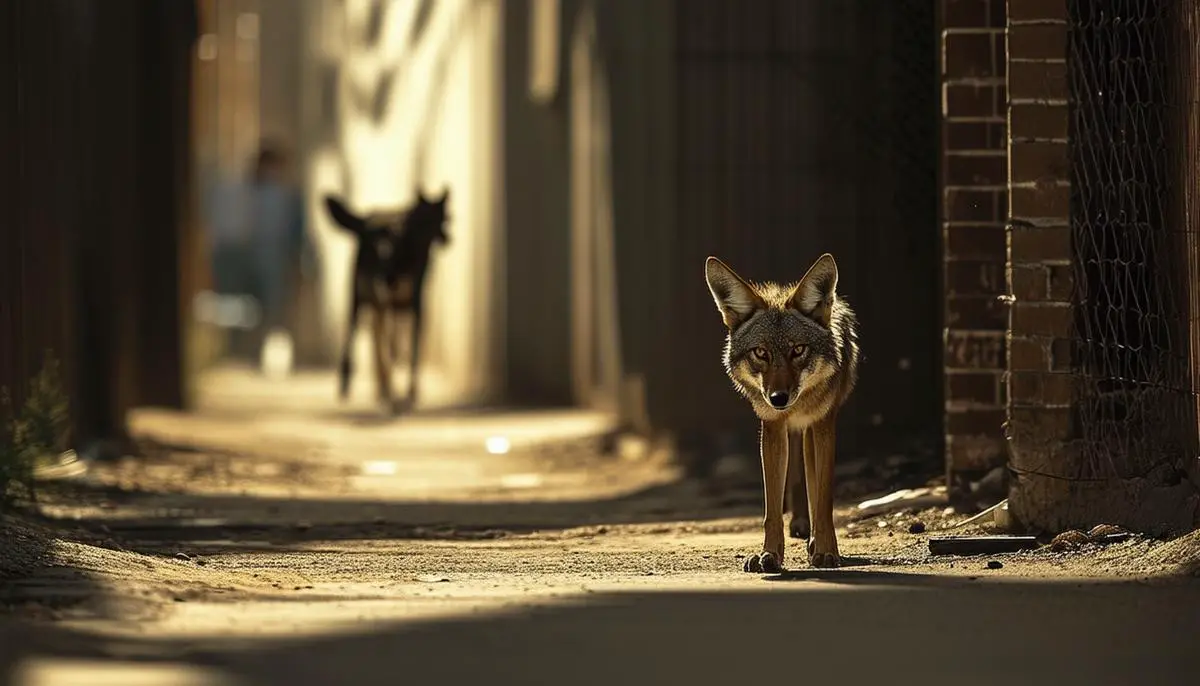
Aggressive postures, growling, or baring of teeth indicate a coyote’s intent to defend its territory or prepare for an attack. Dogs walking off-leash or straying far from their owners should be especially cautious during peak coyote activity hours. If a coyote feels threatened, it may act unpredictably, quickly escalating from warning signs to direct combat.
How to Prevent Coyote Attacks on Pets
To keep dogs safe from coyote attacks, pet owners should adopt several proactive measures focusing on supervision, containment, and deterrence.
- Always keep your dog on a short leash during walks, especially in coyote-prevalent areas.
- Install secure fencing around your property, at least 6 feet tall and extending underground, to prevent coyotes from jumping over or digging under. Consider adding coyote rollers to the top of the fence for added protection.
- Reduce attractants in your yard by securing pet food and garbage, eliminating water sources, and removing thick brush that could serve as hiding spots for coyotes.
- Never leave small or medium-sized dogs unattended outside, particularly at night or early morning. Vigilant supervision is crucial, even when indoors.
Coyote vests equipped with bite-resistant materials and spikes or studs can provide an additional layer of protection for small to medium-sized dogs. Electronic deterrents, such as motion-activated lights or noise makers, can also be effective in scaring away potential predators.
What should you do during a coyote encounter?
If you encounter a coyote while with your dog, remain calm and avoid running, which may trigger the coyote’s chase instinct. Stand tall, maintain control of your dog, and back away slowly while facing the coyote. Make noise using a whistle, air horn, or by clapping and shouting to deter the animal.
After the encounter, ensure the coyote has left the area and monitor your dog for signs of stress or injury. If you suspect an injury, seek veterinary attention. Notify local wildlife control if you spot a coyote lingering or displaying abnormal aggression during daytime hours.
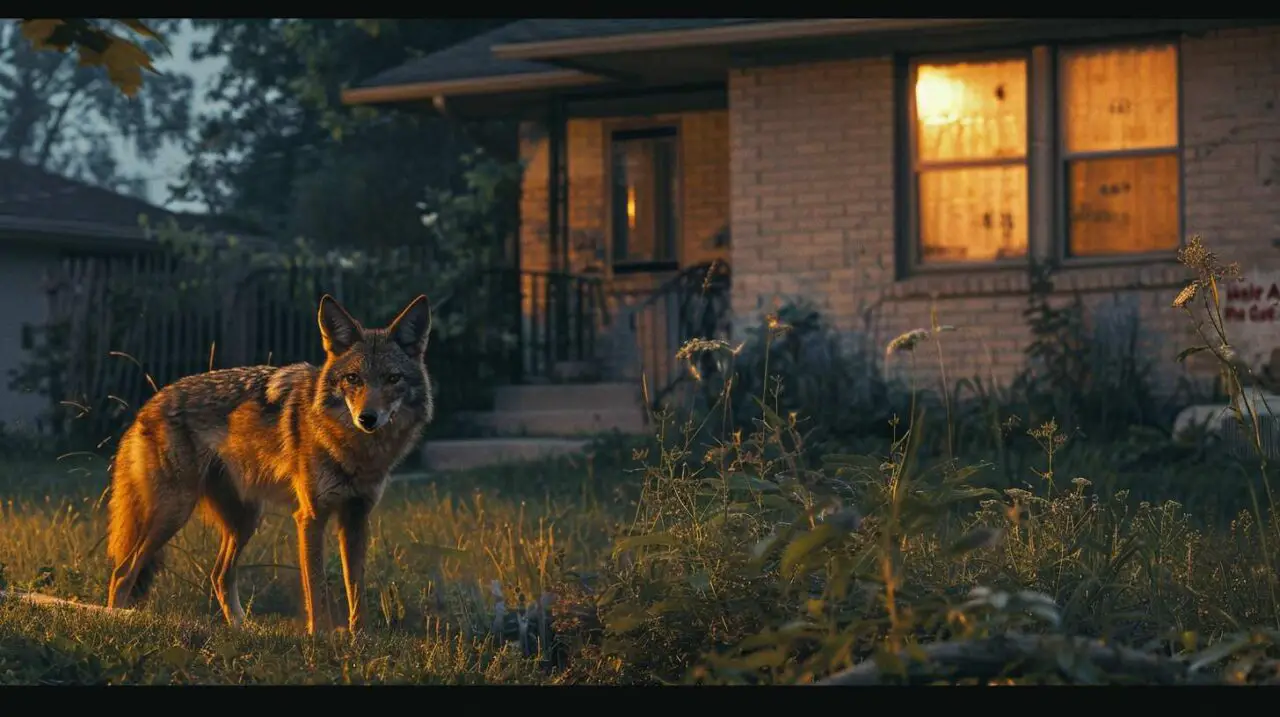
Share the encounter with neighbors or local community groups to raise awareness and encourage preventive measures. Avoid the location of the encounter during future walks, especially during peak coyote activity hours.
How can community efforts reduce coyote threats?
Community involvement plays a significant role in managing wildlife interactions and reducing negative encounters with coyotes. Organized coyote watches, where residents actively monitor and report sightings, can help track coyote movement and habits. Collaborating with wildlife officials to gather data enables more effective community-wide responses.
Education is crucial in community efforts. Seminars or workshops led by wildlife specialists can inform residents about attractors that bring coyotes into neighborhoods and provide tips on how to respond during encounters. Initiatives to secure food sources, such as standardized coyote-proof garbage storage and prohibiting wildlife feeding, reduce the likelihood of coyotes entering public and private spaces.
One successful example comes from a Southern California suburban community that established a “No Attraction Zone.” Residents implemented rules against leaving food outdoors, secured garbage with coyote-proof containers, and kept fruit trees pruned. This collective effort led to a noticeable decrease in coyote sightings and incidents involving domestic pets.1
By taking shared responsibility and implementing coexistence strategies, communities can foster safer environments that discourage coyotes from entering residential areas, making these efforts a cornerstone of modern wildlife management.
FAQ
How likely will a coyote attack a dog?
Coyote attacks on dogs can happen, especially in areas where humans and coyotes coexist. It is important to be cautious and take preventive measures to protect your dog.
Will a dog scare off a coyote?
Yes, a dog can scare off a coyote. Every encounter is different.
Do coyotes eat dogs or just kill them?
Coyotes may sometimes kill and eat small dogs.
- Baker RO, Timm RM. Management of conflicts between urban coyotes and humans in Southern California. Proceedings of the 18th Vertebrate Pest Conference. 1998;18:299-312.

